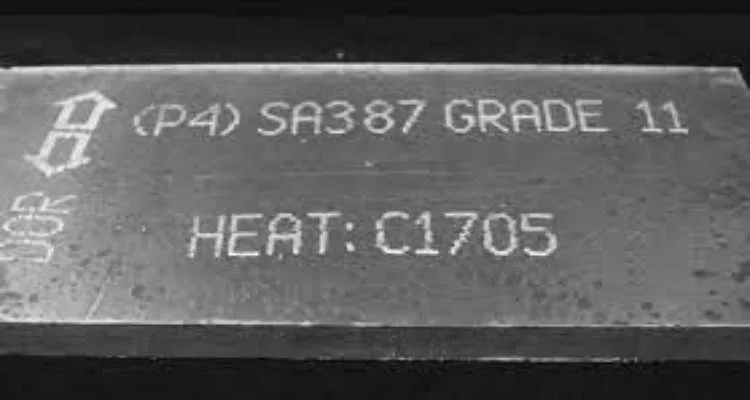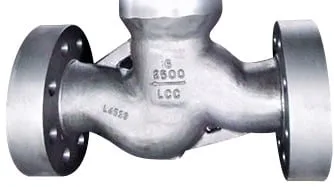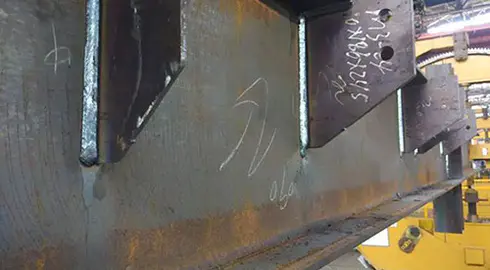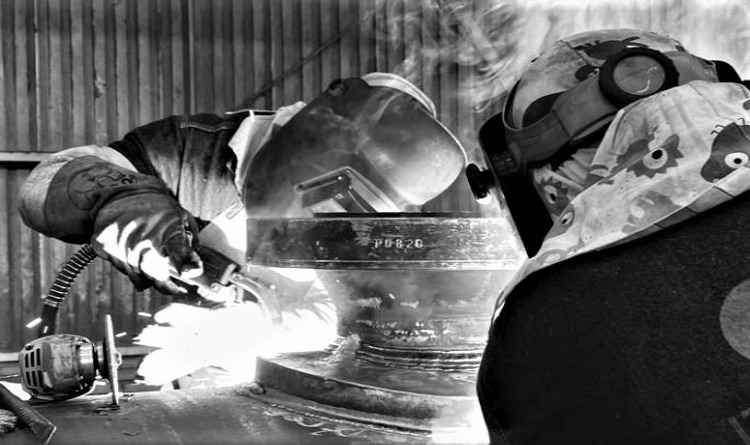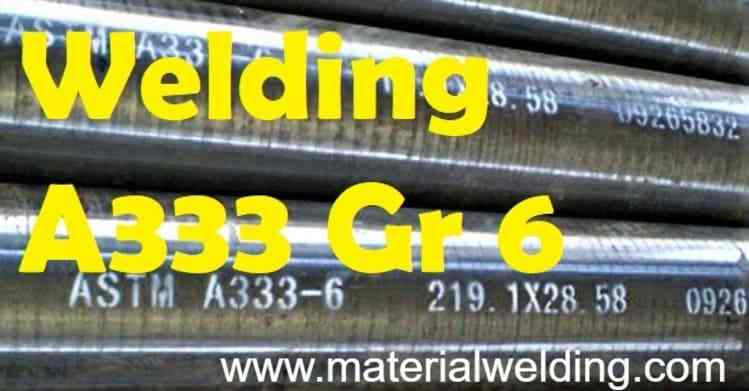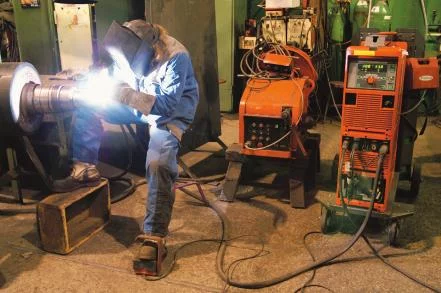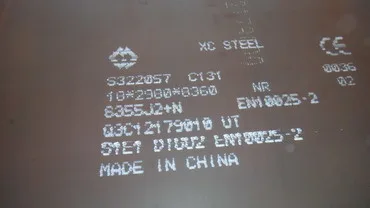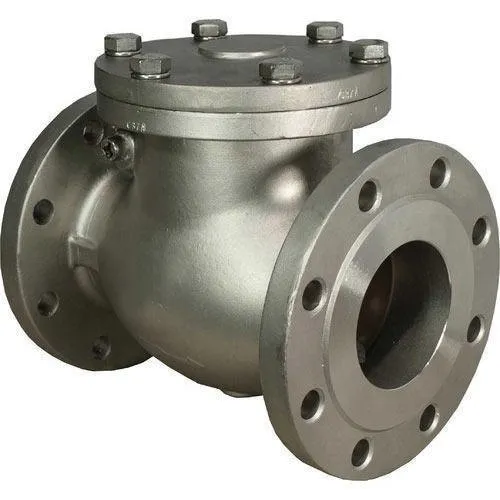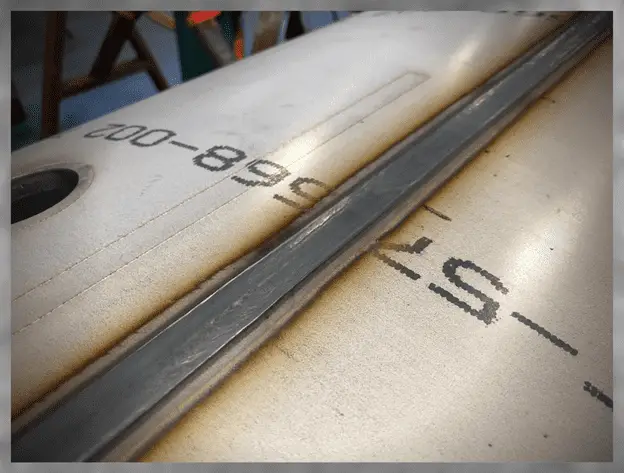Are you looking answer for Welding ASTM A193 Grade B7? At many instances during construction stage or repair stage, we might need to tack weld Grade B7 fasteners.
But should you bother about welding ASTM A193 Grade B7? Let us understand in this post. Before we talk about ASTM A193 Grade B7 Weldability, let us first understand its metallurgy.
ASTM A193 Grade B7 Chemical Composition
ASTM A193 Grade B7 Chemical Compositions are given in the below table. Here single values are maximum permitted.
| Element |
C% | Mn% | Si% | Cr% | Mo% | S% | P% |
|---|---|---|---|---|---|---|---|
| Composition |
0.37- 0.49 | 0.65- 1.10 | 0.15- 0.35 | 0.75- 1.20 | 0.15- 0.25 | 0.035 | 0.040 |
ASTM A193 Grade B7 Equivalent
There are many grades of ASTM A193 and not all are created equal. The most common grade, ASTM A193 Grade B7, is a chromium-molybdenum alloy typically used in high-pressure, high-temperature environments. It is also known for its tensile strength and yield strength.
ASTM A193 Grade B7 Equivalent materials are:
- EN 42CrMoS4
- ASTM A1031 Grade G41400
- AISI 4140
- BS 708M40
ASTM A193 Grade B7 Weldability
ASTM A193 Grade B7 is a chromium-molybdenum alloy steel that is typically used in high-temperature and high-pressure applications.
The weldability of this alloy steel is poor due to its high carbon equivalent in the range of 0.8.
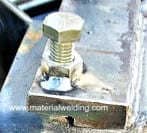
Click here to calculate Carbon Equivalent using online Calculator.
However, due to its high carbon content, welds made with this alloy steel may be susceptible to cracking.
Can ASTM A193 Grade B7 be welded?
ASTM A193 Grade B7 can be welded but not recommended. As we know the main purpose of fasteners are to provide joining of two components if any joint fail it can leads to damage.
In case you need to weld ASTM A193 Grade B7 bolts or nut for non-critical applications, you can do so using E8018-B2 or E7018 welding rod.
E8018-B2 is having similar metallurgy to B7 materials and can withstand high temperature stresses too.
Make sure to preheat around 250- 350°F before making any weld. Due to its high carbon and other alloying elements that results in high Carbon Equivalent, there are high chances of weld cracking especially in HAZ area.
